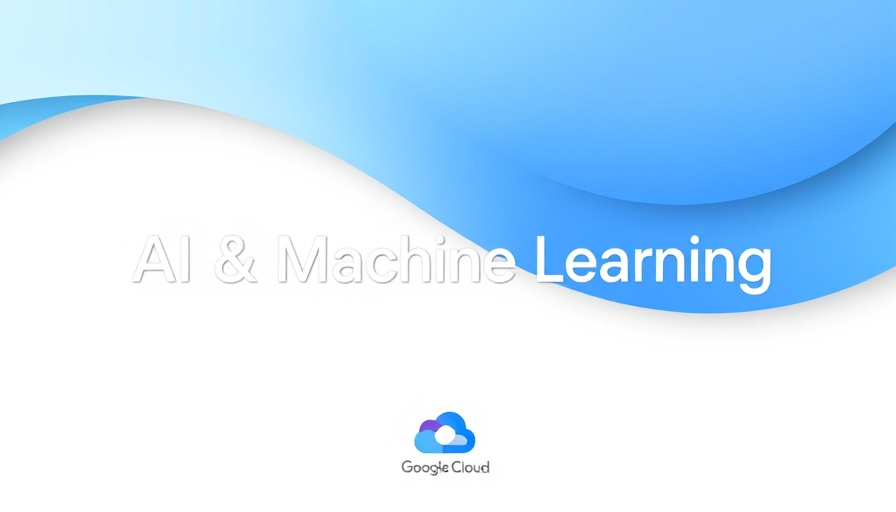
Revolutionizing AI Compute with Anyscale and Google Cloud
In a rapidly evolving tech landscape where artificial intelligence (AI) is becoming more ubiquitous, Anyscale's partnership with Google Compute Engine represents a significant leap forward in simplifying AI compute tasks for developers across sectors. For years, AI has been evolving from a concept into a tangible tool that seamlessly integrates into business processes, thanks in part to frameworks like Ray.
The Genesis of Ray: Transforming Workloads
Ray, initially developed in 2016 by researchers at UC Berkeley, is an open-source AI Compute Engine that allows developers to effectively manage complex workloads such as model training, data processing, and inference across various sectors of AI. The framework is integral to powering platforms for industry leaders like Netflix and OpenAI, providing a backbone for AI that is both scalable and efficient.
Challenges of the AI Complexity Wall
As organizations adopt advanced AI solutions, they often encounter what has been dubbed the "AI Complexity Wall." This phenomenon arises from using fragmented infrastructures and diverse models that lead to high cloud spending and resource inefficiencies. Anyscale addresses these challenges by offering a unified platform that streamlines AI deployment and utilization. By radically simplifying the underlying technology, Anyscale empowers organizations to focus on innovation rather than infrastructure limitations.
Real-World Impact of Anyscale
The transformative potential of Anyscale can be seen in its partnerships with various companies. Canva, for instance, has significantly boosted its machine utilization while reducing its cloud expenses by 50%. Meanwhile, Attentive managed to cut costs by an astonishing 99% while enhancing its marketing platform through better model training with expanded data sets. These case studies underscore how adopting a unified AI platform can not only drive efficiency but also foster innovation in business operations.
Adapting to Cloud Changes with Flexible Infrastructure
As the landscape of technology shifts, so too must infrastructure meet the growing demands of AI and machine learning. Anyscale recognizes the need for flexible compute options and has aligned its offerings to leverage cloud technologies effectively. By working closely with Google Cloud, Anyscale ensures that users have the adaptable services necessary to support their AI workloads effectively, whether deploying from a single laptop or across extensive cloud environments.
Conclusion: The Future of AI Compute
The journey for organizations looking to adopt generative AI solutions is paved with opportunities that Anyscale and Google Compute Engine can offer. Organizations seeking to break through the complexities of AI adoption will find in Anyscale a partner that enhances their ability to apply machine learning efficiently and effectively. Embracing these tools opens pathways not just for large corporations but for startups and smaller entities as well, leveling the playing field in the world of AI.
 Add Row
Add Row  Add
Add 




Write A Comment